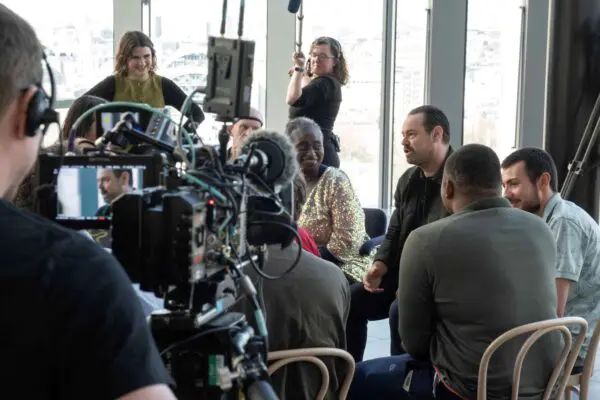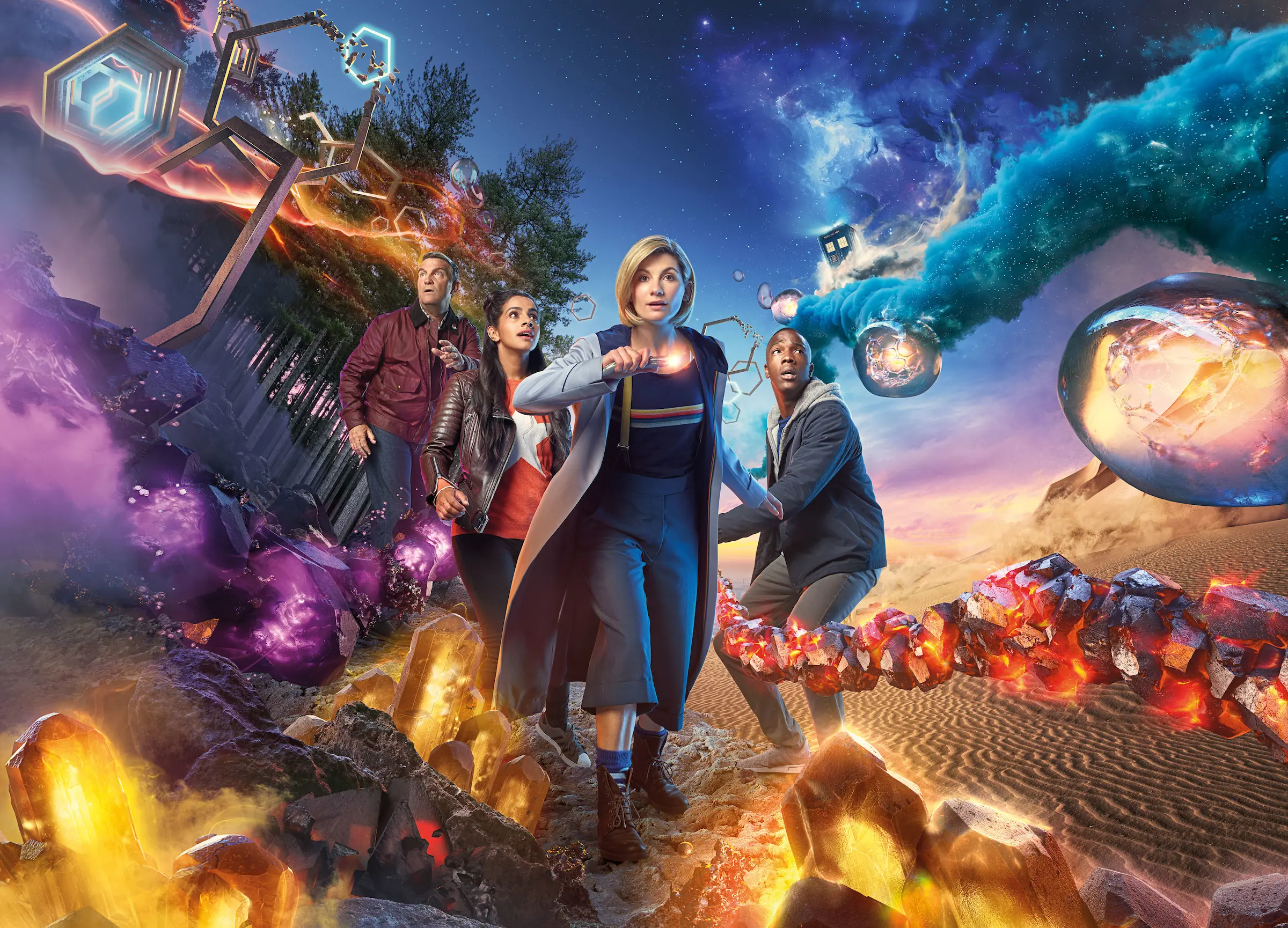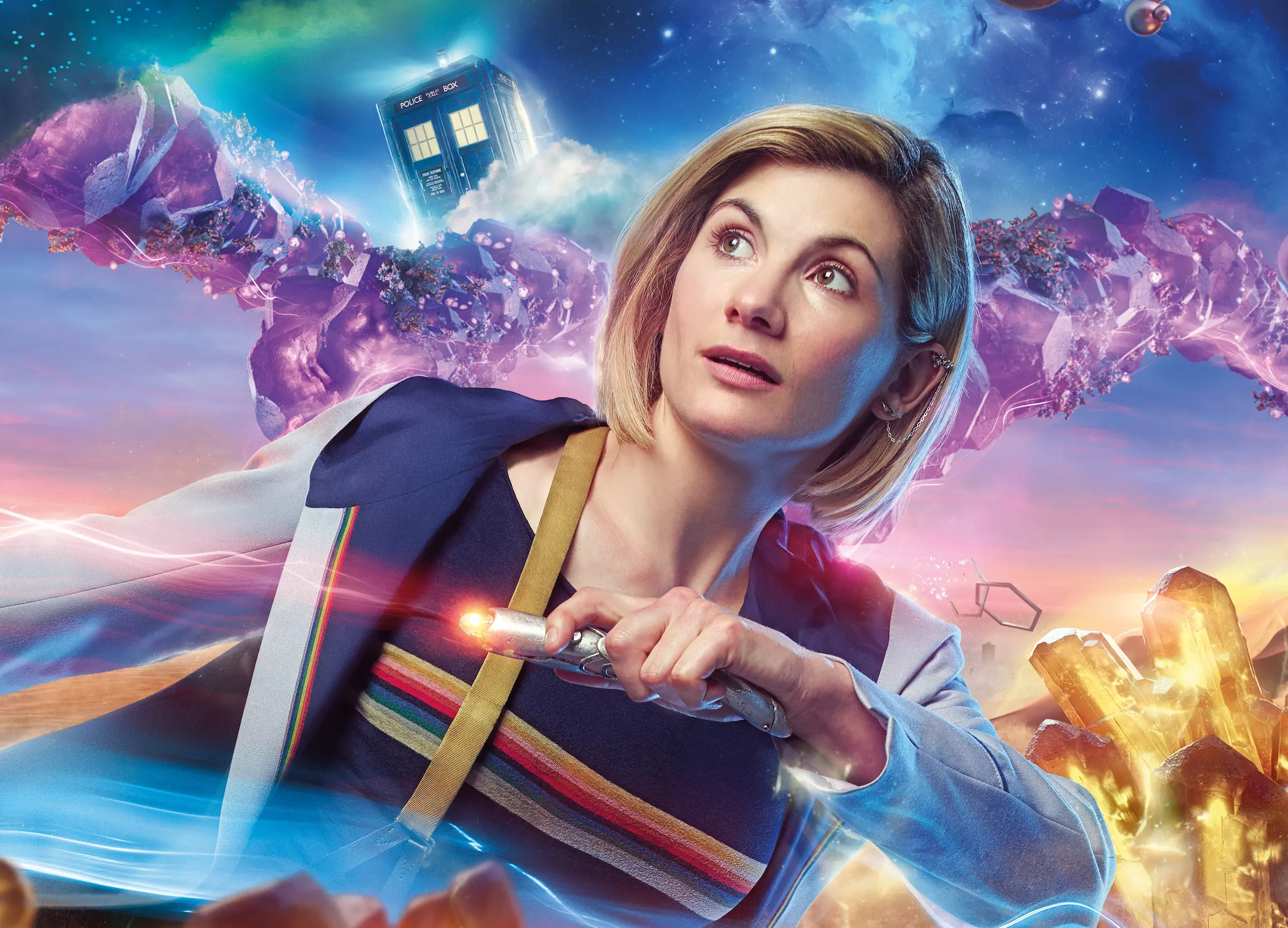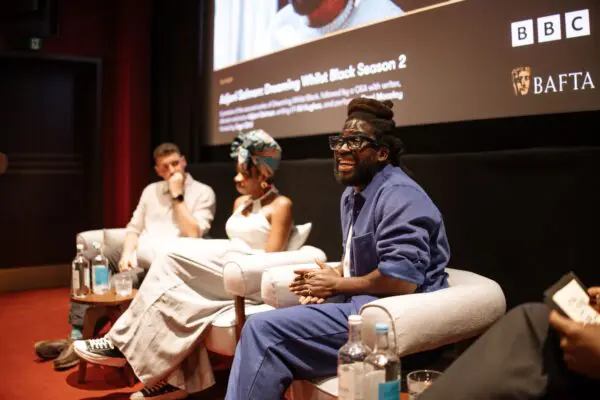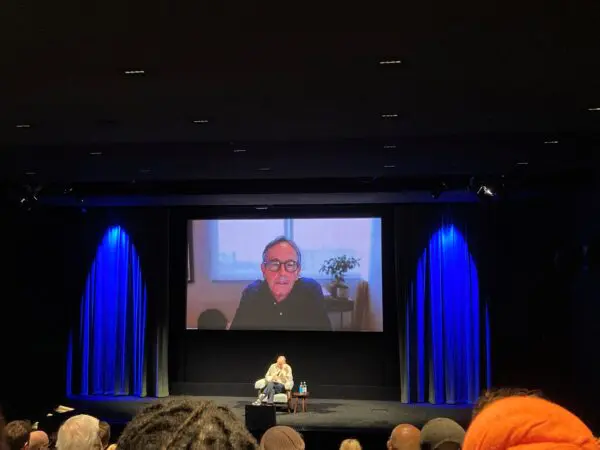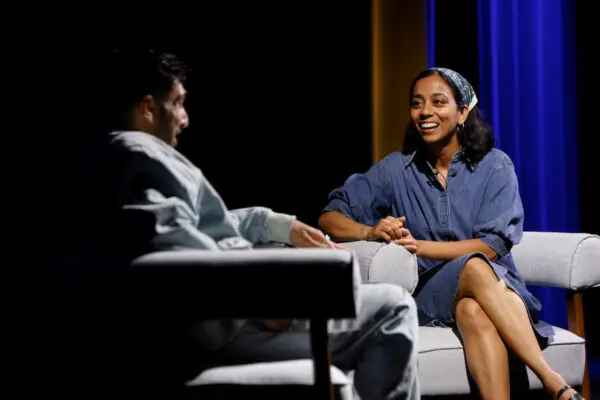There have been plenty of changes happening on the other side of the camera as well. Incoming executive producers Chibnall and Matt Strevens have emphasised they want to honour the heritage of the 55-year-old series, but make it seem like a brand new show as well. One that stands up to scrutiny against the high-budget series coming from Amazon, Netflix or Hulu. It hasn’t changed so drastically that it doesn’t feel like Doctor Who – Whittaker’s Doctor is still travelling in time and space in an old police box with companions at her side, in the same way that William Hartnell did back in 1963. But, it does look very different, even from Peter Capaldi’s most recent run. Anamorphic lenses and a new aspect ratio mean that Series 11 (or 37, if you’re counting the old days) doesn’t resemble its predecessors, with both nocturnal Sheffield and South Africa’s desert dunes shown to best perspective. Equally, Academy Award-winning special effects house Double Negative Effects Group has taken over responsibility for its otherworldly look. Its sound is also distinctively different: composer Segun Akinola (a BAFTA Breakthrough Brit in 2017) has reworked Delia Derbyshire’s interpretation of Ron Grainer’s iconic theme. He has switched orchestral music to a more rhythmic based incidental score for the episodes too. Moving away from the symphonic approach of much of Murray Gold’s work.
Doctor Who “needs to reflect the world as it is in 2018”, Chris Chibnall explained to website IO9. And if the programme’s going to appeal to a wide audience, rather than cater simply to its fans (as it was certainly perceived to have done in recent seasons), then those making the show need to come from all walks of life. This is represented front of camera with not only a female Doctor but also a diverse selection of companions (or “friends”, as this new Doctor likes to call them). This includes Mandip Gil’s trainee police officer Yaz to Bradley Walsh’s retired bus driver Graham and his step-grandson, Tosin Cole’s warehouse worker Ryan – who also suffers from dyspraxia.
